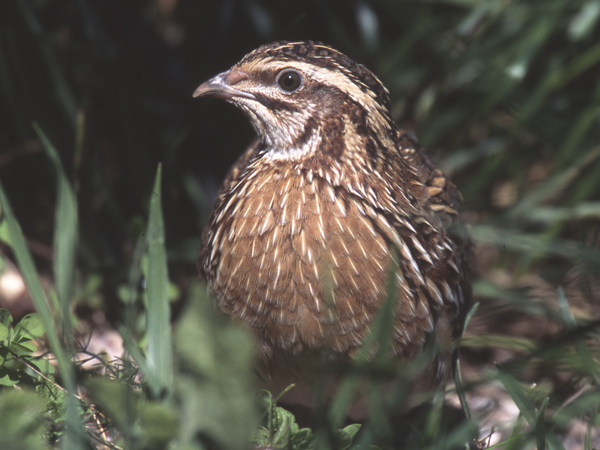"The silent forest is a half-dead forest."
- Talking to Jérôme Subic is becoming aware of the harmony between animals and reconfirming human egoism. The creator of eco-acoustics is collecting and analyzing sounds extracted from a natural landscape. The results are not astonishing: the rich and varied soundscape we had until the recent past is becoming impoverished and silent. It talks about the system of communication between animals, about human noise, about the incompatibility between them.
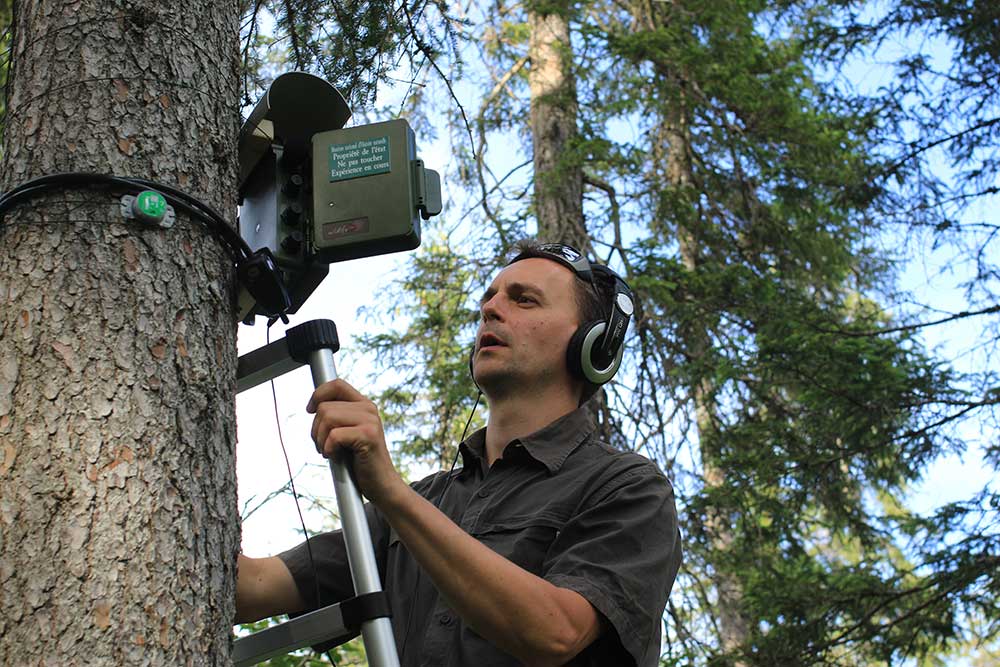
You just entered the forest.
We have been in the region of Jura (France), looking for magnetophones installed in a jungle a year ago. Every quarter of an hour we've recorded a minute. Weather data have also been collected and the distances to which sounds propagate in the jungle have been analysed.
Ecoacoustics are not bioacoustics.
Bio-acoustics is a space that emerges the day after the Second World War and that analyzes the behaviors of animals that use communicative sound. How they create and receive sound and what information they communicate. In recent years we have developed a new field: eco-acoustics. Taking the ecosystem as a whole, we are interested in all the sounds extracted from a natural landscape, asking ecological questions.
Is it a field driven by the consequences of climate change?
No. It's more because I feel sensitive to ecological issues than to animal trends. Studying bio-acoustics, I wanted to use it to address questions about ecology. It is the result of cooperation with colleagues in the field of ecology. Of course, there are others for similar purposes in the world.
The famous bio-acoustic Bernie Krause says: For 50 years, 50% of the sounds of nature have disappeared.
I do not know where that figure came from. It has a historical perspective on its scale, but we don't have scientific data to confirm this figure.
What's clear is that the sounds are disappearing.
That is certain. Species are disappearing and with them their sounds. It's related to habitat conservation.
They're real communication systems.
These sounds convey information. By the songs of birds, I'm usually a male or a female; I'm willing to play or not, I live here... Five or six, most of them pass a dozen information. This information is decisive for the survival of the species, does not last by making it mute or covering the sounds. They don't pass as much information as men, but communication is vital.

They have dialects.
Some animals, especially marine mammals or birds, have differences by place: accents, dialects. Isolated in space, sounds change over time for different reasons and have passed from generation to generation. However, we believe that if you cross the bird of Paris with the bird of the south-east, you will understand.
They form a harmony.
We observed that they have a structured sound environment, depending on frequency or time. Kraus has made us hear wonderful examples. We're not in a cacophony. But it's not always that way, sometimes the sounds overlap and you have to investigate why. There may be a disorder in the environment.
And human beings come with their tax sounds.
We produce a lot of sounds that are animal sounds. They're not structured and they cover other sounds. They disrupt the communications of animals, stress them, fatigue them.
Are there any trends in adaptation?
Yes, but limited. Some species will repeat songs, others will sing more or less loud. But all of this has morphological and physiological limits and a high energy cost. Others leave.
Our noise and communication of animals together couldn't.
Only the absence of human sounds can be beneficial to nature. The lack of sound is serious, because it means there are no crickets, grasshoppers, birds, animals. It is very serious, because everyone has a role in the functioning of the jungle. The silent jungle is a half-dead jungle. It has happened to me to find myself in a forest of Portuguese eucalyptus; by far it looks like a forest and there is nothing, there is no sound, because there is no culture, because it is a monoculture. In addition to the silence, we also have a homogenization of the soundscape.
You mean?
There are species of all kinds, quite tolerant. But there are also specialized species, closely linked to a particular food or shelter, and the destruction of their habitat is deadly. In the end, there are those species of all kinds left.
You have a political profession.
It can be said that we are turning the alarm on. As a citizen and a scientist, the situation is worrying. But our research is totally objective, we make known what appears.
How do you picture nature in 2050?
I foresee homogenization, less species and, therefore, less noise and more and more human noise. As I said, I have just been in Jura. Close to Geneva airport. 85% of our recordings are contaminated by the sound of aircraft. I do not believe that the trend is improving, on the contrary.
little ones, I was fascinated by the behaviors of the animals, and then I was fascinated by music. Maluruski didn't have a musical education and I'm not a musician, this has been a great grief. However, I have managed to unite my passions and ecology through sound, thanks to eco-acoustics. Being in nature, listening to sounds through a scientific but sensitive approximation, is amazing. I have a craft of passion.”
PP, Vox, Junts eta EAJren botoekin Espainiako Kongresuak onartu du otsoa espezie babestuen zerrendatik ateratzea eta, horren ondorioz, berriz ehizatu ahal izango dute Duero ibaitik iparrera.
Antxoa, bokarta edo albokartia, gure arrain komertzialen artean txikiena, euskal kostaldera hurbildu da.
Magnoliak eleganteak dira. Dotoreak. Anddereak. Pontxoak. Apainak. Pimentak. Gurbilak. Ponposak, ponpoxearrenak. Ortiroak. Ia-ia fazazkoak, kriket eta kraket. Ez naiz harritzen, beren loraldien azpian lurrarekin urtzerainoko handitasunaren menpeko sentitzen naiz urtero.
Herriko EH Bilduko zinegotzi eta legebiltzarkide den Ander Goikoetxeak egindako galdera parlamentario bati Jaurlaritzak emandako erantzunaren bidez jaso informazioa hau. Bi haize sorgailu ezartzeko asmoa dago eta Cluster Hernani izeneko proiektu zabalago baten barruan kokatzen... [+]
Eskola inguruko natur guneak aztertu dituzte Hernaniko Lehen Hezkuntzako bost ikastetxeetako ikasleek. Helburua, bikoitza: klima larrialdiari aurre egiteko eremu horiek identifikatu eta kontserbatzea batetik, eta hezkuntzarako erabiltzea, bestetik. Eskola bakoitzak natur eremu... [+]
Katalanen ustetan artzainak engainatzen omen ditu hegazti honek: “enganyapastors”. Espainiar eta latindarrek, aldiz, ahuntzari esnea kentzen diola diote, hortik datorkio hain zuzen ere izen zientifikoan (Caprimulgus europaeus) islatzen den caprimulgus (capra... [+]
Andeetako Altiplanoan, qocha deituriko aintzirak sortzen hasi dira inken antzinako teknikak erabilita, aldaketa klimatikoari eta sikateei aurre egiteko. Ura “erein eta uztatzea” esaten diote: ura lurrean infiltratzen da eta horrek bizia ekartzen dio inguruari. Peruko... [+]
Mendizale batek asteburuan ikusi du animalia Lapurdiko Azkaine herrian, eta otsoa dela baieztatu du Pirinio Atlantikoetako Prefeturak. ELB lurraldean "harraparien presentziaren kontra" agertu da.
Biologian doktorea, CESIC Zientzia Ikerketen Kontseilu Nagusiko ikerlaria eta Madrilgo Rey Juan Carlos unibertsitateko irakaslea, Fernando Valladares (Mar del Plata, 1965) klima aldaketa eta ingurumen gaietan Espainiako Estatuko ahots kritiko ezagunenetako bat da. Urteak... [+]
Nola azaldu 10-12 urteko ikasleei bioaniztasunaren galerak eta klima aldaketaren ondorioek duten larritasuna, “ez dago ezer egiterik” ideia alboratu eta planetaren alde elkarrekin zer egin dezakegun gogoetatzeko? Fernando Valladares biologoak hainbat gako eman dizkie... [+]
Nekazal eremu lehor baten erdian ageri da putzua. Txikia da tamainaz, eta ez oso sakona. Egunak dira euririk egiten ez duela, baina oasi txiki honek oraindik ere aurretik bildutako urari eusten dio. Gauak eremua irentsi du eta isiltasunaren erdian kantu bakarti bat entzun da... [+]
Eskoziako Lur Garaietara otsoak itzularazteak basoak bere onera ekartzen lagunduko lukeela adierazi dute Leeds unibertsitateko ikertzaileek.. Horrek, era berean, klima-larrialdiari aurre egiteko balioko lukeela baieztatu dute, basoek atmosferako karbono-dioxidoa xurgatuko... [+]












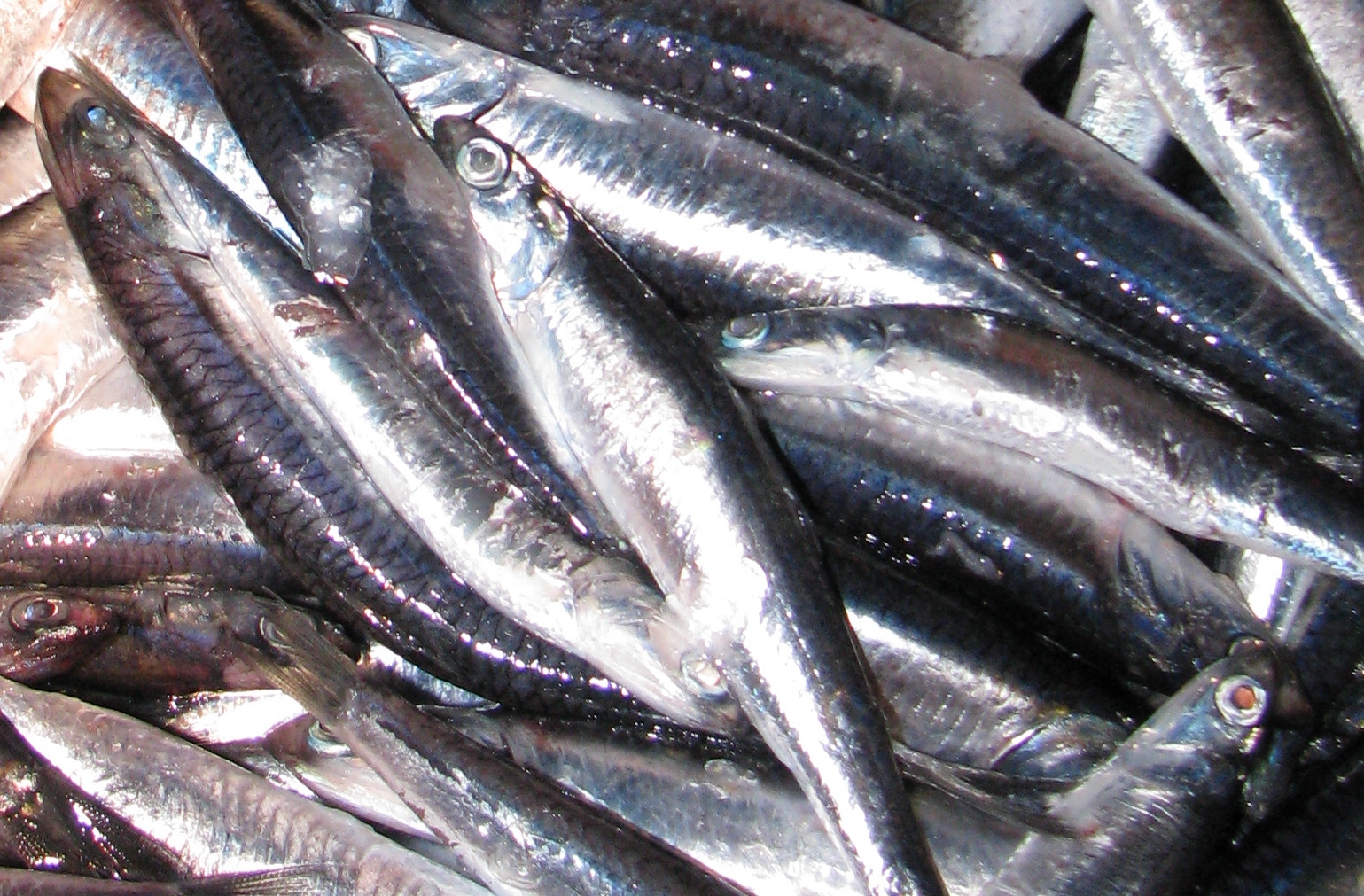
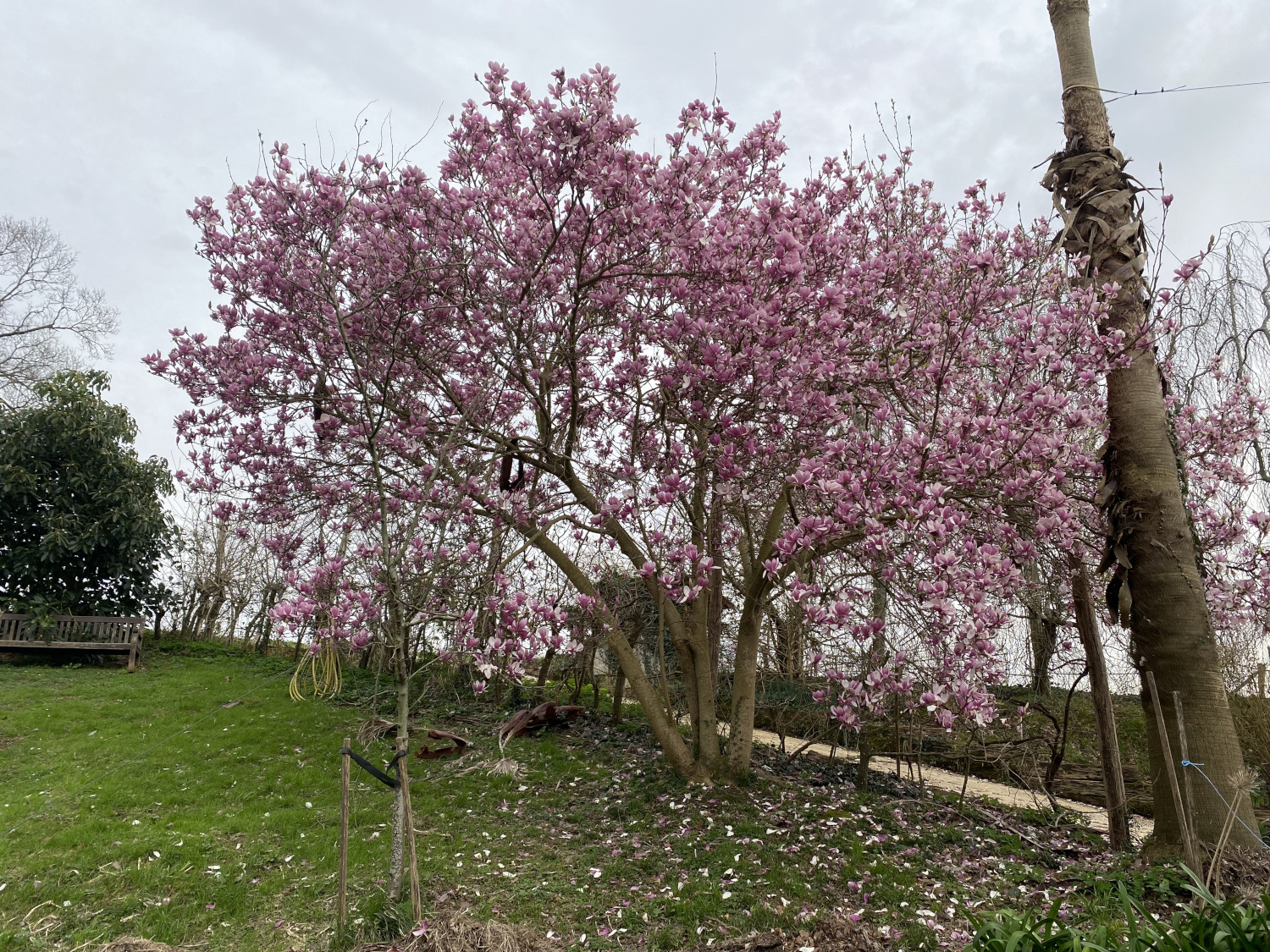


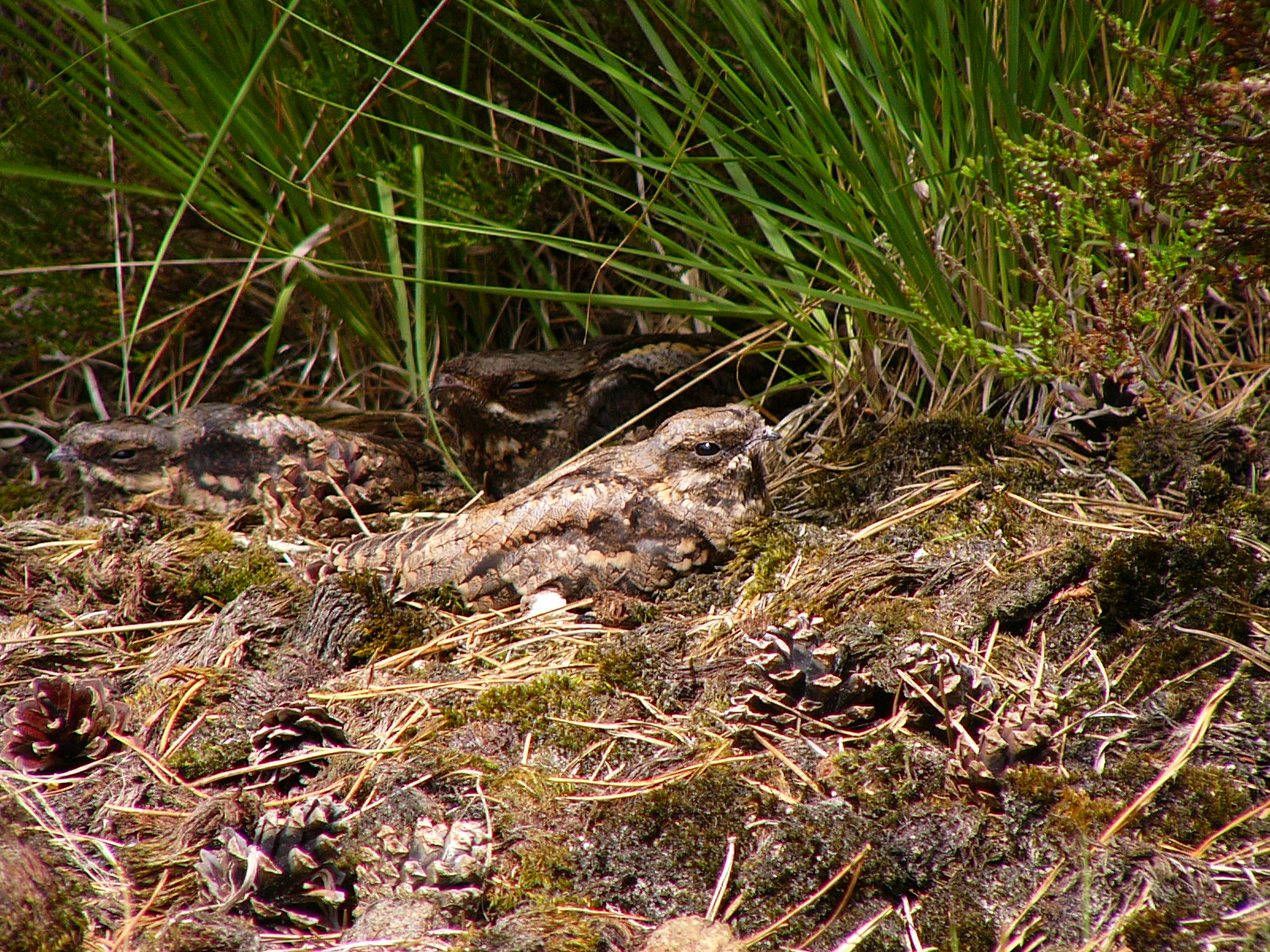





_Glaciar.png)
